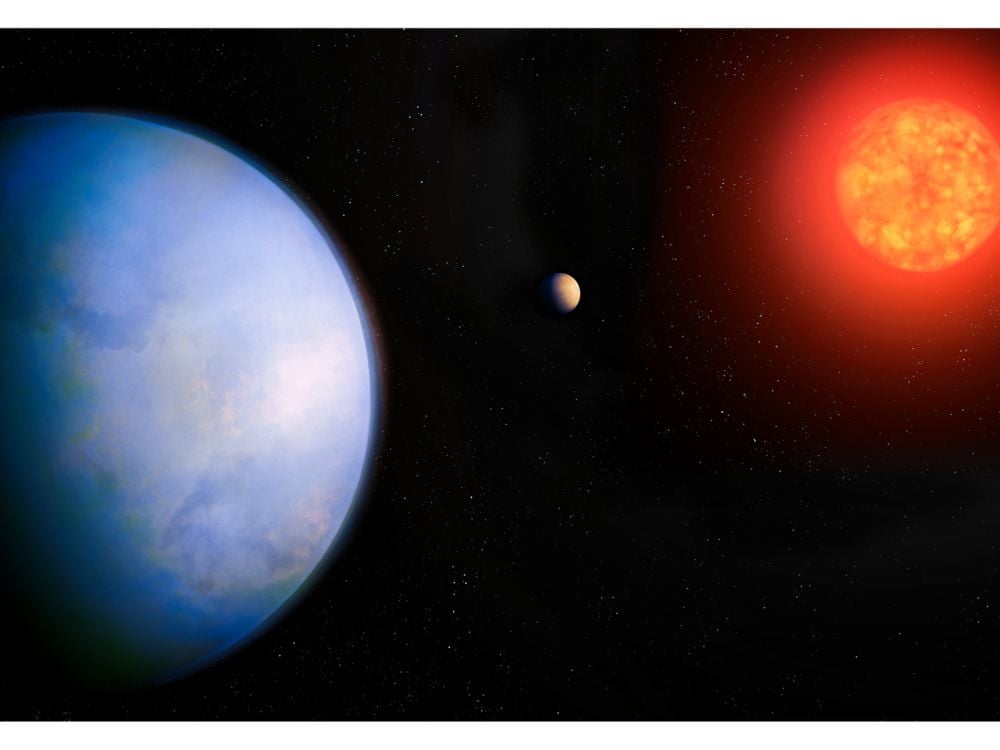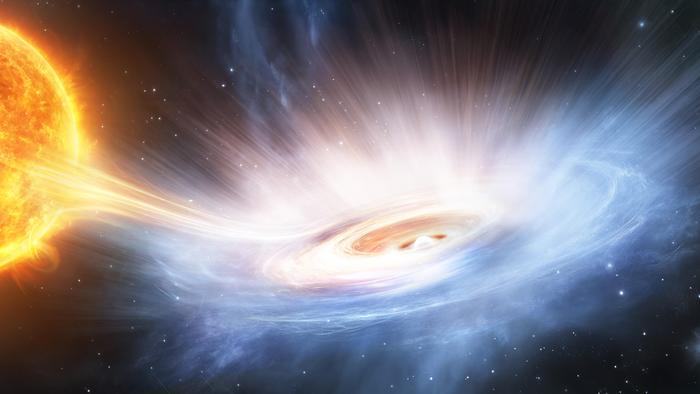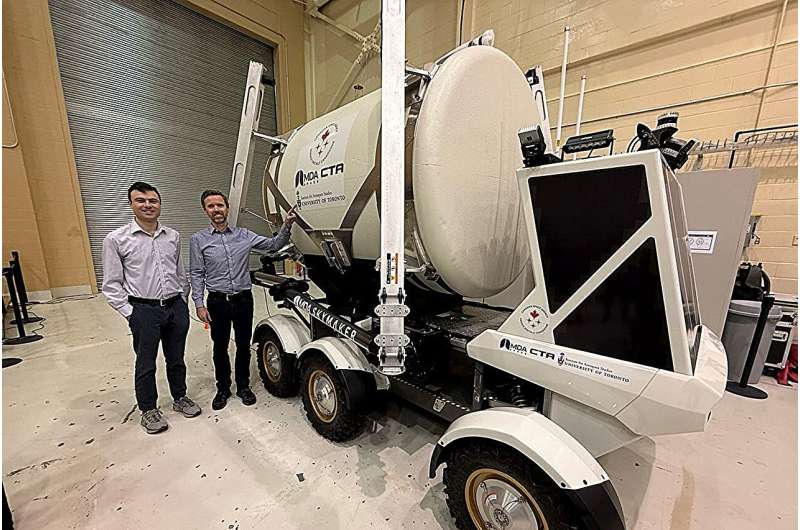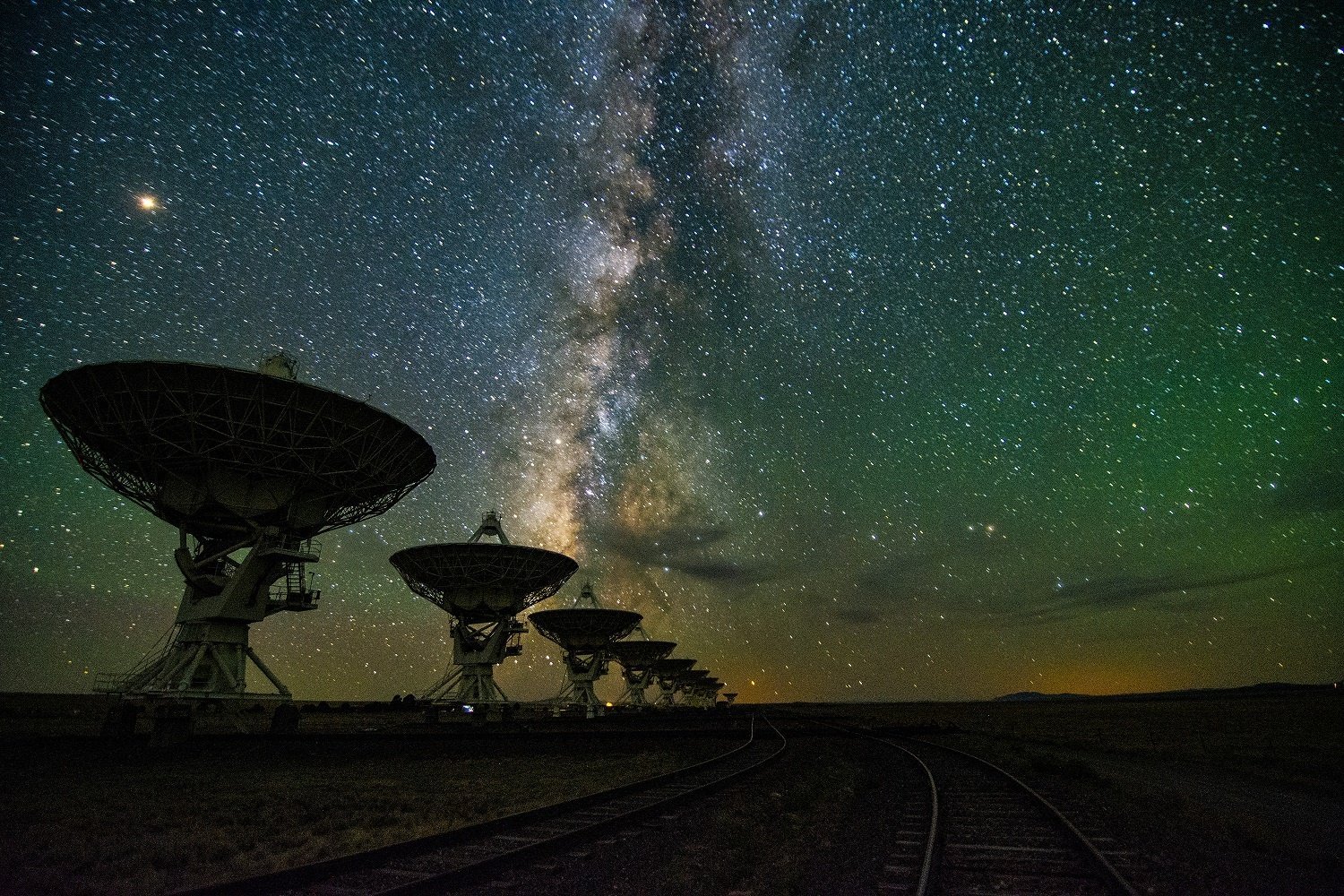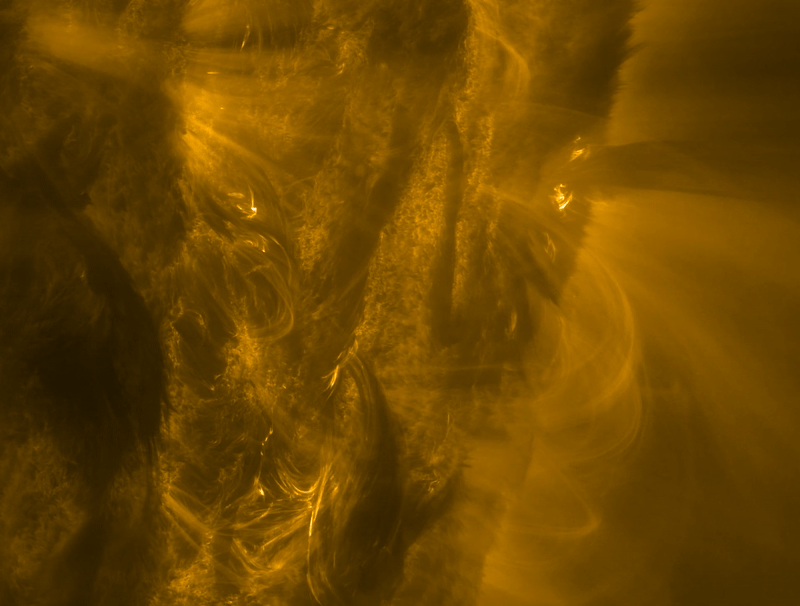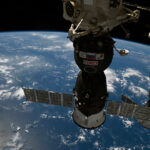Astronomers have found a new super-Earth only about 20 light years away. At that distance, it’s a candidate for direct imaging.
Below the waves of the Mediterranean, Europe’s KM3NeT neutrino telescope is on a cosmic hunt. Towering strings of sensors stretch a kilometer down to the seafloor, arranged in a vast
An international team of researchers has just revealed the existence of three Earth-sized planets in the binary stellar system TOI-2267 located about 190 light-years away. This discovery, published in Astronomy
Today’s ESA/Hubble Picture of the Week features a galaxy that Hubble has captured multiple times over more than 20 years. The galaxy is called NGC 3370, and it is a
No communication or navigation, faulty electronics and collision risk. At ESA’s mission control in Darmstadt, teams faced a scenario unlike any before: a solar storm of extreme magnitude. Fortunately, this
The origins of extremely high-energy particles that fill the universe—such as protons, electrons, and neutrinos—remain one of the longest-standing mysteries in modern astrophysics. A leading hypothesis suggests that “explosive transients,”
The Universe is a strange place. The X-Ray Imaging and Spectroscopy Mission (XRISM) orbiting observatory recently highlighted this fact, when it was turned on a pulsar to document its powerful
Driving on the Moon for the first time has got to be an exhilarating experience. But driving the same path on the Moon for the 500th time probably won’t be
Are we alone? It’s probably one of the, if not the most basic questions of human existence. People have been trying to answer it for millennia in one form or
Threats from space aren’t always obvious, but statistically its only a matter of time before one of them happens. One of the most concerning for many space experts is a
-
 012024 in Review: Highlights from NASA in Silicon Valley
012024 in Review: Highlights from NASA in Silicon Valley -
 02Panasonic Leica Summilux DG 15mm f/1.7 ASPH review
02Panasonic Leica Summilux DG 15mm f/1.7 ASPH review -
 03How New NASA, India Earth Satellite NISAR Will See Earth
03How New NASA, India Earth Satellite NISAR Will See Earth -
 04And Thus Begins A New Year For Life On Earth
04And Thus Begins A New Year For Life On Earth -
 05Astronomy Activation Ambassadors: A New Era
05Astronomy Activation Ambassadors: A New Era -
06SpaceX launch surge helps set new global launch record in 2024
-
 07Space Force plans new ‘Futures Command’ amid pressure to speed up modernization
07Space Force plans new ‘Futures Command’ amid pressure to speed up modernization


